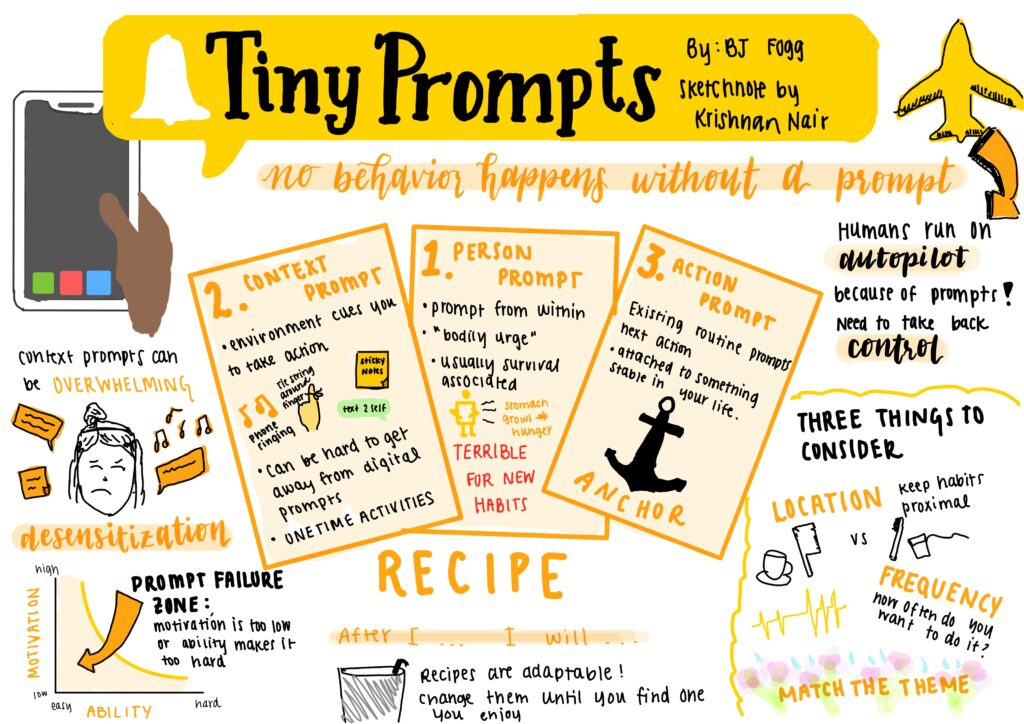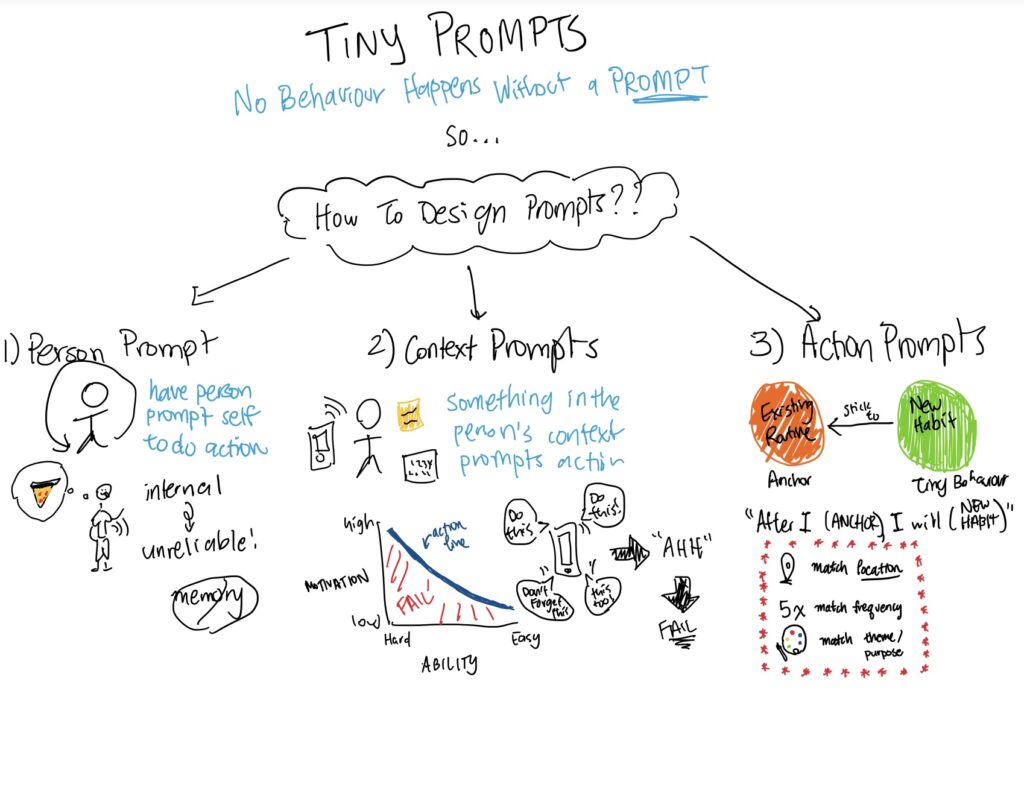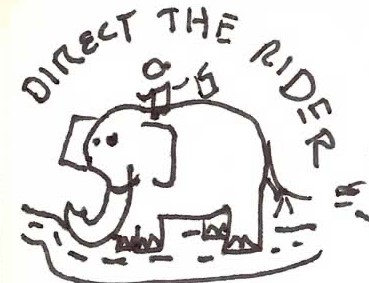Isolde was targeting the hospitals and big diagnostic labs, operating on the classic razor-blade model, meaning she was selling machines and stuff that machines use but making a profit on the stuff that machines use. In this context, this came in the form of biological and chemical compounds, test kits, and other consumables. This aligns well with their respective market because these large organizations received fixed reimbursements from various sources, and by making the stuff slightly cheaper than these reimbursements, Siiquent had positioned itself as a revenue generator for the hospitals.
In contrast, Emanuel was targeting customers like research institutions, universities, and scientific labs, focusing on the research market. Since this was a market without as much regulation and numerous providers of different compounds, Teomik still had to compete on price; however, they could get away with charging high upfront prices on instruments and machines since this did not matter to big funders of scientific research like the Planck Institute. As a result of this natural market alignment, they were able to earn high margins on patent-protected machine sales.
Using a single revenue model provides simplicity and cohesion across the firm, enabling efficiency with tasks like accounting, operating at scale, and strategic focus & goals. Since KPIs are easier to set and follow, operations have a clearer set of goals and there is greater visibility into the revenue generation of the company. However, the rigidity may have many shortcomings, especially depending on the market positioning and customer segmentation. This lack of flexibility can make it harder to respond to different customer needs, leading to loss of market fit or increased churn. Additionally, a rigid revenue model may make it harder to respond to regulatory changes or changing market conditions.
Letting the company continue on its flexible way will make it much more adaptable to customers of different sizes and needs, in turn increasing market fit. It can not only support current customers that may have needs at different scale but also attract new customers who may have been unattainable with a single revenue model. The variable model also allows faster responses to changing market conditions, competitor actions, or regulatory changes. However, this may come at the expense of operational inefficiencies or confusion with things like pricing, forecasting, and KPIs. Additionally, there may be some overlap between departments leading to conflict between teams.
If I was the PM in charge of a division merger, my process for finding a solution would focus on achieving synergies and cultural alignment. First, I would like to understand the roles and responsibilities of each division to make sure we are not wasting resources where we have overlap. This can also help us find gaps in our offerings or services. Next, I would like to learn more about each team to understand how they will get along and where everybody’s strengths lay. Lastly, it would be important to define our success metrics to monitor the effects of the merger.



